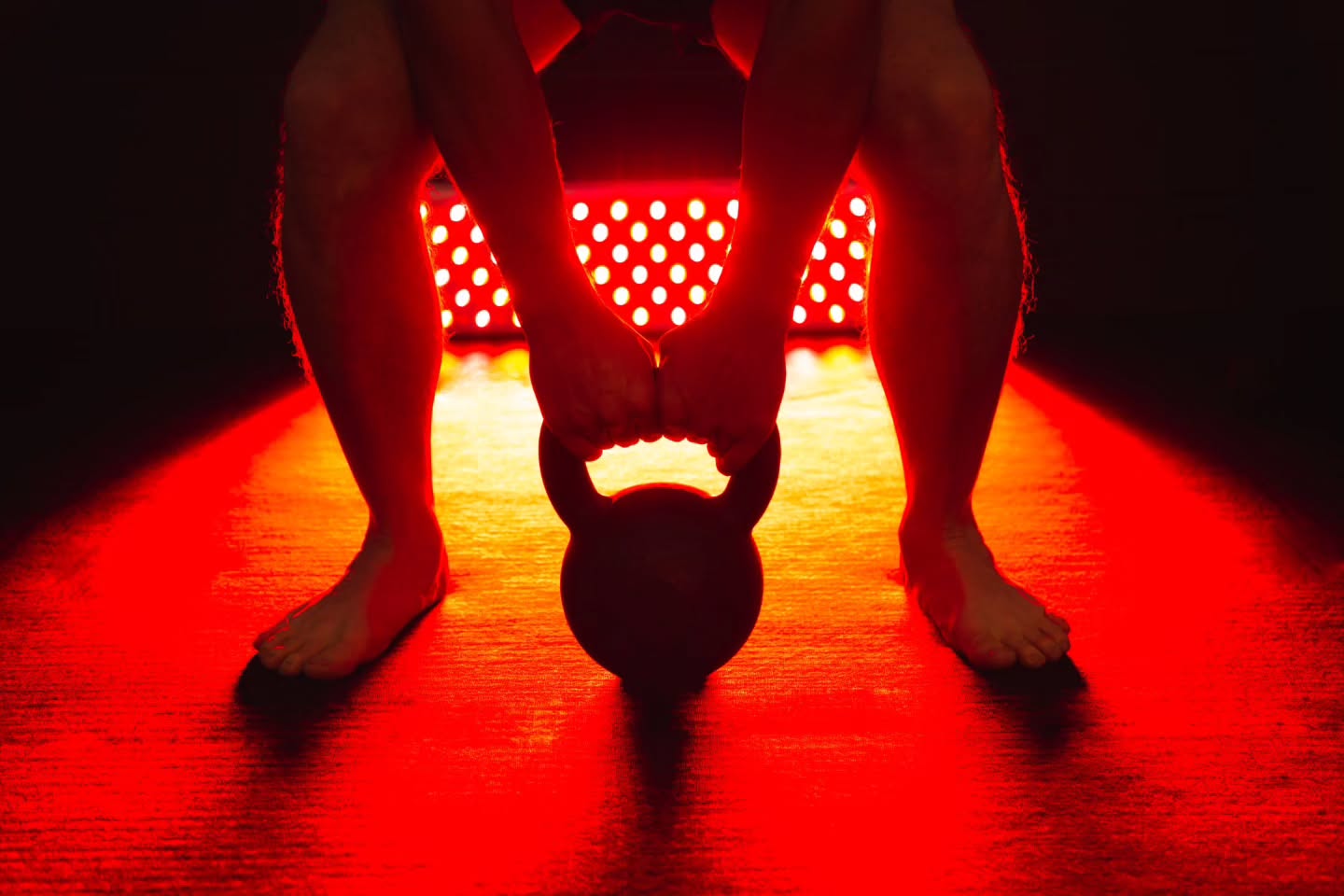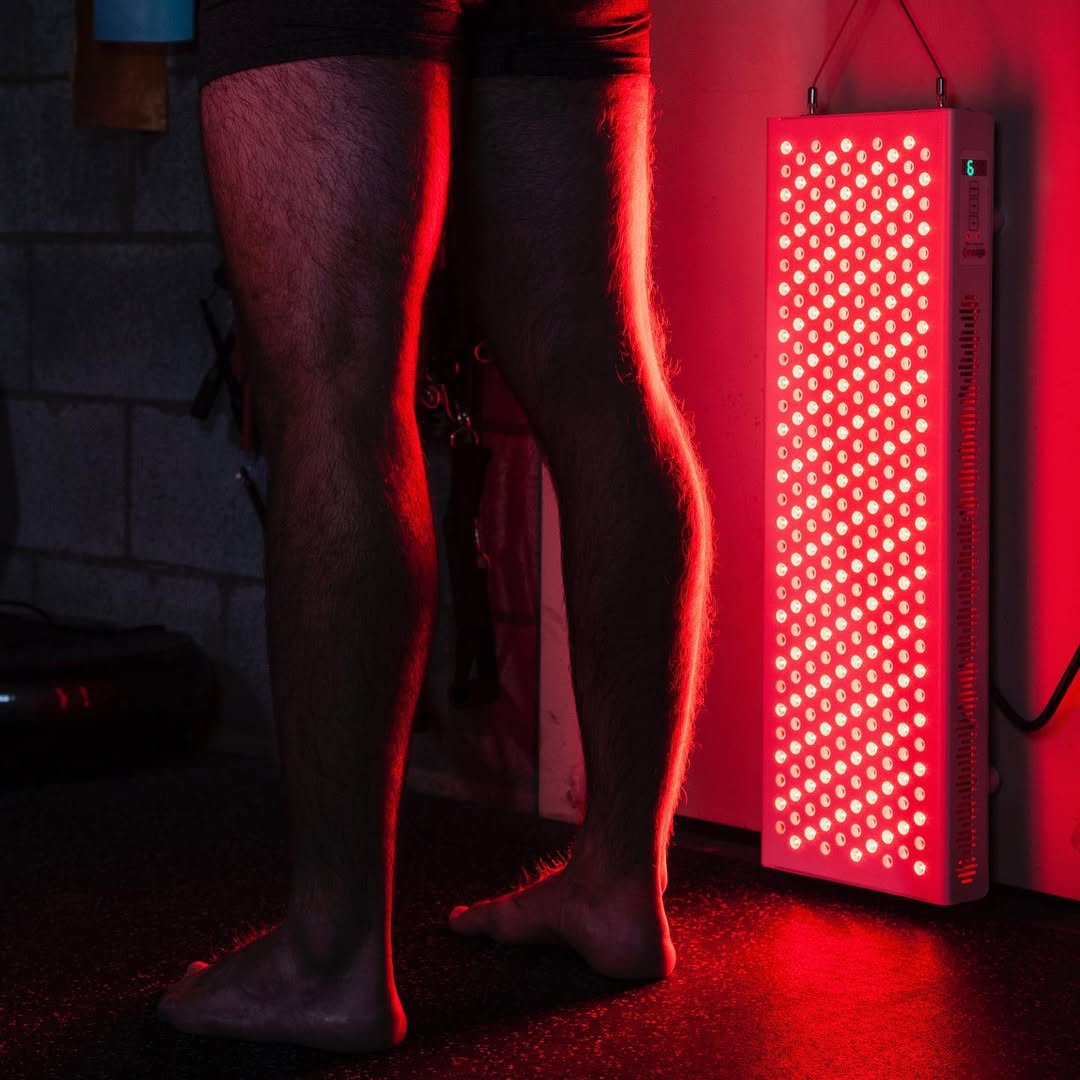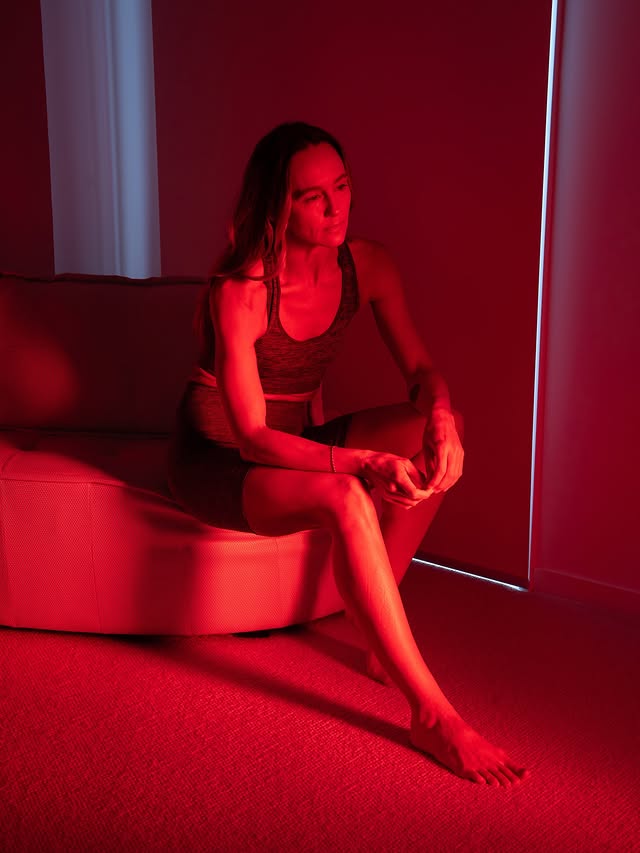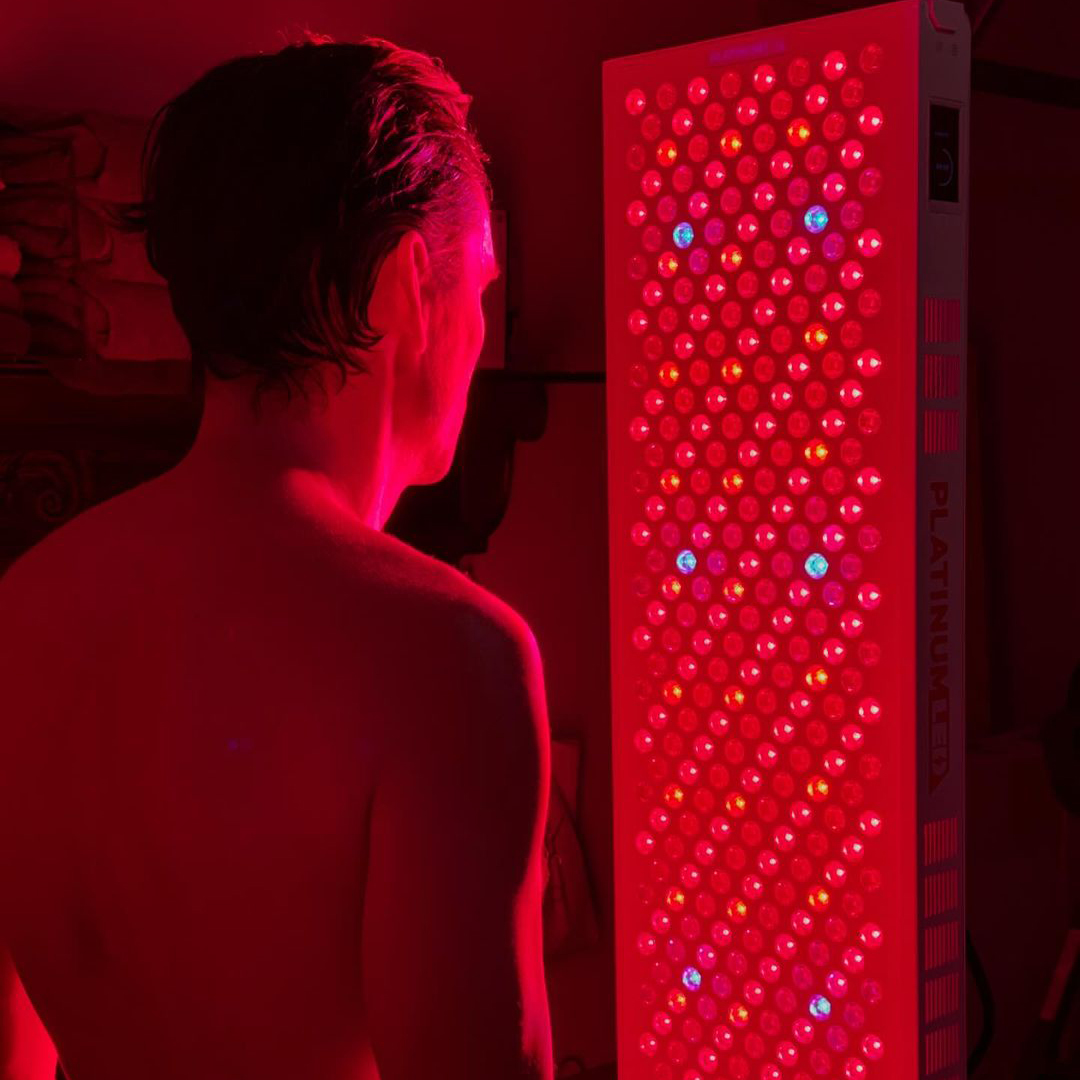![]() Free Shipping
Free Shipping ![]() Buy Now, Pay Later
Buy Now, Pay Later ![]() Eligible
Eligible
Red Light Therapy for Plantar Fasciitis: A Science-Backed Guide to Pain Relief
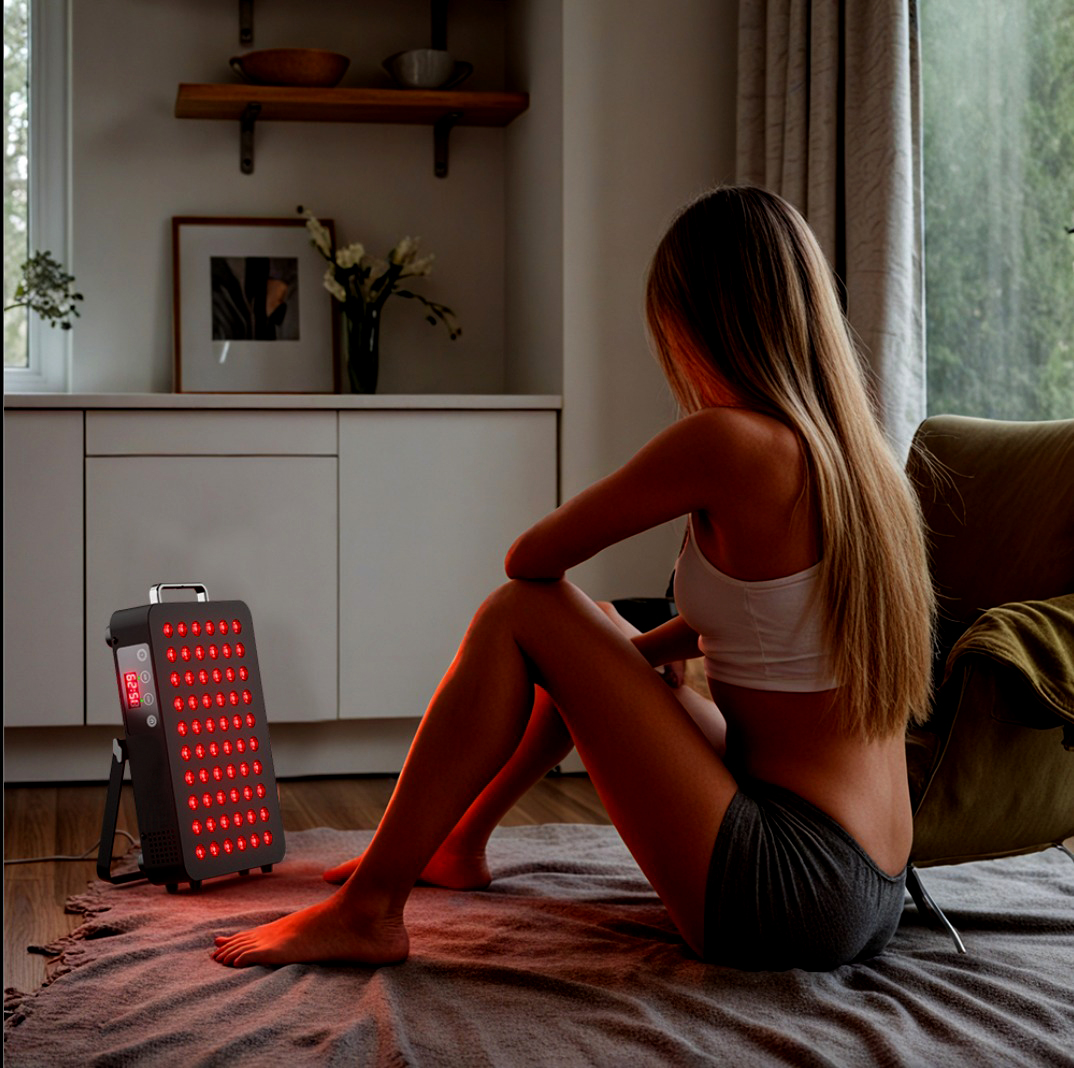
If you’re one of the millions who suffer from the stabbing heel pain of plantar fasciitis, you know how debilitating it can be. From the first painful steps in the morning to the ache after long periods of standing, finding lasting relief is a top priority. While traditional treatments like stretching, orthotics, and ice are mainstays, a innovative, non-invasive treatment is gaining traction: Red Light Therapy (RLT).
This article delves deep into how red light therapy works to combat plantar fasciitis, examining the scientific evidence, practical benefits, and how you can incorporate it into your recovery plan.
H2: What is Plantar Fasciitis? Understanding the Heel Pain
Before we explore the solution, let’s understand the problem. Plantar fasciitis is an overuse injury that affects the plantar fascia—a thick, web-like ligament that connects your heel to the front of your foot. This ligament acts as a shock absorber and supports the arch of your foot.
When subjected to excessive stress, small tears can develop in the fascia, leading to inflammation, stiffness, and that characteristic sharp pain in the heel. Common causes include:
- Repetitive impact from running or jumping
- Occupations requiring long hours on your feet
- Flat feet or high arches
- Tight calf muscles
- Improper footwear
How Does Red Light Therapy Work? The Science of Healing Light
Red Light Therapy, also known as Low-Level Laser Therapy (LLLT) or photobiomodulation, is a therapeutic technique that uses specific wavelengths of red and near-infrared (NIR) light. Unlike harsh UV light, this low-wavelength light is safe and penetrates the skin to stimulate healing at a cellular level.
The process works through two key mechanisms:
- Boosting Cellular Energy: The light is absorbed by the mitochondria, the “powerhouses” of your cells. This supercharges their production of adenosine triphosphate (ATP), the fundamental energy currency of the cell. With more energy, cells can function more efficiently and repair themselves faster.
- Reducing Inflammation and Increasing Blood Flow: RLT stimulates the release of nitric oxide and improves circulation, which helps flush out inflammatory markers and brings oxygen and nutrients to the damaged tissue.
Expert Insight: “Photobiomodulation acts as a signal to the cells, reducing oxidative stress and inflammation while upregulating the healing processes. For a condition like plantar fasciitis, which involves chronic inflammation and micro-tears, this can be a highly effective, drug-free intervention.” – Paraphrased from scientific literature on photobiomodulation.
The Direct Benefits of Red Light Therapy for Plantar Fasciitis
So, how do these cellular changes translate to relief for your aching heel? Applying RLT directly to the bottom of your foot can produce several targeted benefits:
- Reduced Pain and Inflammation: By calming the inflammatory response, RLT directly addresses one of the root causes of plantar fasciitis pain.
- Accelerated Tissue Repair: The energy boost helps repair the micro-tears in the plantar fascia ligament, strengthening it over time.
- Improved Blood Circulation: Enhanced blood flow to the area promotes healing and can reduce morning stiffness.
- Non-Invasive and Drug-Free: RLT offers a safe alternative to pain medications or more invasive procedures like corticosteroid injections.
VELLGUS Elite V2
THE #1 RATED RED LIGHT DEVICE
VELLGUS pro V2 + flex stand
THE #1 RATED FULL BODY RED LIGHT DEVICE
What Does the Research Say? Evidence for Red Light and Heel Pain
The use of RLT for musculoskeletal pain is supported by a growing body of clinical evidence. A pivotal meta-analysis published in the Lancet concluded that LLLT (a form of RLT) was an effective treatment for relieving pain and improving health status in chronic musculoskeletal pain.
Specific to foot pain, a 2017 study in the Journal of Foot and Ankle Surgery found that patients with plantar fasciitis who received LLLT showed significantly greater improvements in pain and function compared to a control group.
Red Light Therapy vs. Traditional Plantar Fasciitis Treatments
How does RLT stack up against other common treatments? The key advantage is that it addresses the underlying cellular dysfunction and inflammation, whereas many other approaches are passive or only address symptoms.
| Treatment Method | How It Works | Pros | Cons |
|---|---|---|---|
| Red Light Therapy | Stimulates cellular repair & reduces inflammation | Non-invasive, drug-free, treats root cause, can be used at home | Requires consistency, upfront cost for devices |
| Stretching & Physical Therapy | Improves flexibility & strength in foot/calf | Low cost, empowers patient self-care | Takes time, requires discipline, can be painful initially |
| Orthotics & Supportive Shoes | Provides arch support & reduces strain on fascia | Immediate symptom relief, widely available | Doesn’t repair tissue, can be expensive, dependency |
| Ice & NSAIDs | Numbs pain & reduces inflammation temporarily | Fast, temporary pain relief, easily accessible | Masks pain without healing, potential side effects |
| Corticosteroid Injections | Powerful anti-inflammatory shot directly into foot | Potent, fast-acting pain relief | Temporary, risk of fascia rupture, tissue damage |
How to Use Red Light Therapy for Your Heel Pain
Using RLT for plantar fasciitis is straightforward. Consistency is the most critical factor for success.
- Choose Your Device: You can access RLT through clinical settings (physical therapists, chiropractors) or use an FDA-cleared at-home device. For plantar fasciitis, look for panels or wearable devices designed for the foot.
- Positioning and Dosage: Expose the sole of your bare foot directly to the light source. Target the area of maximum tenderness, typically the inside of the heel.
- Session Frequency and Duration: A typical at-home protocol involves daily sessions of 10-20 minutes per foot. Always follow the manufacturer’s guidelines for your specific device.
- Combine with Other Therapies: For best results, use RLT as part of a comprehensive plan that includes calf and plantar fascia stretching, wearing supportive footwear, and managing activity levels.
FAQs
How long until I see results with red light therapy?
Many users report a reduction in pain and morning stiffness within 2-4 weeks of consistent, daily use. However, tissue repair is a process, and full benefits often build over 2-3 months.
Is red light therapy safe? Are there any side effects?
RLT is considered very safe when used as directed. It is non-thermal (doesn’t heat the skin) and non-ionizing. There are no known serious side effects. It is a drug-free alternative to pain medications.
Can I use red light therapy if I have other foot conditions?
Yes, RLT’s mechanisms of reducing inflammation and promoting healing can also benefit other conditions like Achilles tendonitis, neuropathic pain, and general foot arthritis. However, always consult with your doctor first.
Red light therapy represents a powerful convergence of science and natural healing. By targeting the cellular root of pain and inflammation in plantar fasciitis, it offers a safe, non-invasive, and effective path to recovery. When combined with traditional methods like stretching and supportive footwear, it can be the key component that helps you finally take those pain-free first steps in the morning.
Disclaimer: This article is for informational purposes only and does not constitute medical advice. Always consult with a qualified healthcare professional before starting any new treatment for plantar fasciitis or any other medical condition.





